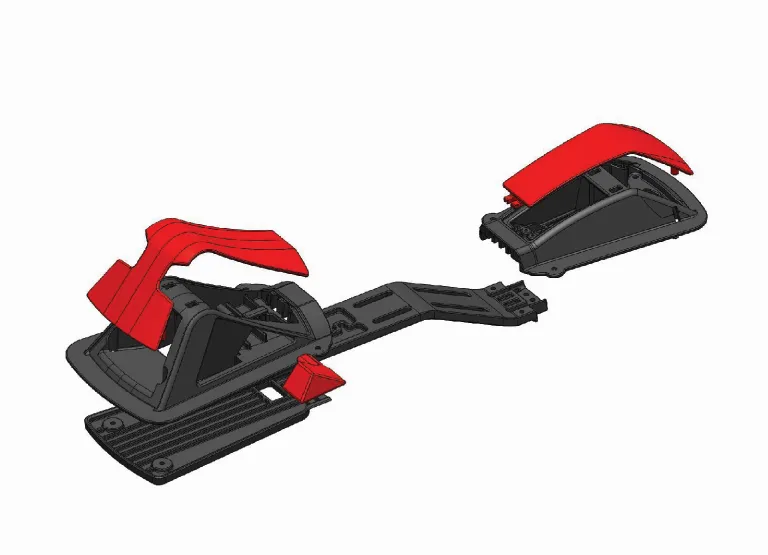Sean Petterson and Justin Hillery grew up with fathers whose bodies endured enormous physical strain at their blue-collar jobs, resulting in negative physical consequences from their work in the latter part of their lives. As students at the Rochester Institute of Technology, the pair became motivated by their fathers’ experiences to collaborate on Petterson’s idea for designing an ergoskeleton that makes lifting easier, with the goal of minimizing lifting injuries and improving the lives of everyday workers.
Their passion and dedication led to the founding of Strong Arm Technologies, Inc., and the development of the Strong Arm Ergoskeleton. Many occupations require lifting, including material handlers, dockworkers, baggage handlers, and warehouse workers, and studies show that $50 billion is spent annually compensating injuries to workers who lift incorrectly. The Strong Arm Ergoskeleton uses a cabling system to lessen the impact of lifting loads, correcting posture and reducing fatigue in the process.
The need to help workers lift more safely and with less effort has attracted so much attention that Strong Arm Technologies won the MassChallenge 2012 Accelerator $100,000 Diamond Prize. Refining the idea for the Strong Arm Ergoskeleton into a successful commercial product, however, involves a range of technical challenges. Overcoming these challenges required access to the latest product design, analysis, and design for manufacturability tools.
Strong Arm Technologies chose SOLIDWORKS solutions to optimize the product’s performance, implementing SOLIDWORKS design, SOLIDWORKS Simulation analysis, and SOLIDWORKS Plastics Professional injection-molding simulation software. The company chose SOLIDWORKS software because it’s easy to use and offers the suite of integrated design and analysis tools that Strong Arm Technologies needs to refine and introduce its product.
“SOLIDWORKS software has enabled us to communicate effectively, whether with manufacturers, suppliers, or industrial design partners,” Petterson says. “Having full-time access to SOLIDWORKS has allowed us to secure three patents, get the product ready for launch, and continue development of a pipeline of additional products.”
Accelerating Product Development
Using SOLIDWORKS solutions, Strong Arm Technologies has efficiently completed 22 iterations of the ergoskeleton. The V22™ has evolved to become a self-powered exoskeleton. The technology bolsters a worker’s musculoskeletal system to make lifting more natural, safe, and powerful. The product is the first precision lifting ergoskeleton in the world. It establishes an entirely new category of safety equipment that enhances human performance.
“Our product demands precision,” Petterson stresses. “With SOLIDWORKS, we were able to use rapid prototyping to build parts on a 3D printer to accelerate the prototyping iterations necessary to ensure fit and function for people of all shapes and sizes. This required examination of many combinations of materials and parts, and SOLIDWORKS made the process faster and easier.
“It’s really beneficial to cost-effectively prototype parts to see how they look and function instead of producing injection-molded parts,” Petterson adds. “In the end, SOLIDWORKS will have saved us a significant amount of money on development.”
